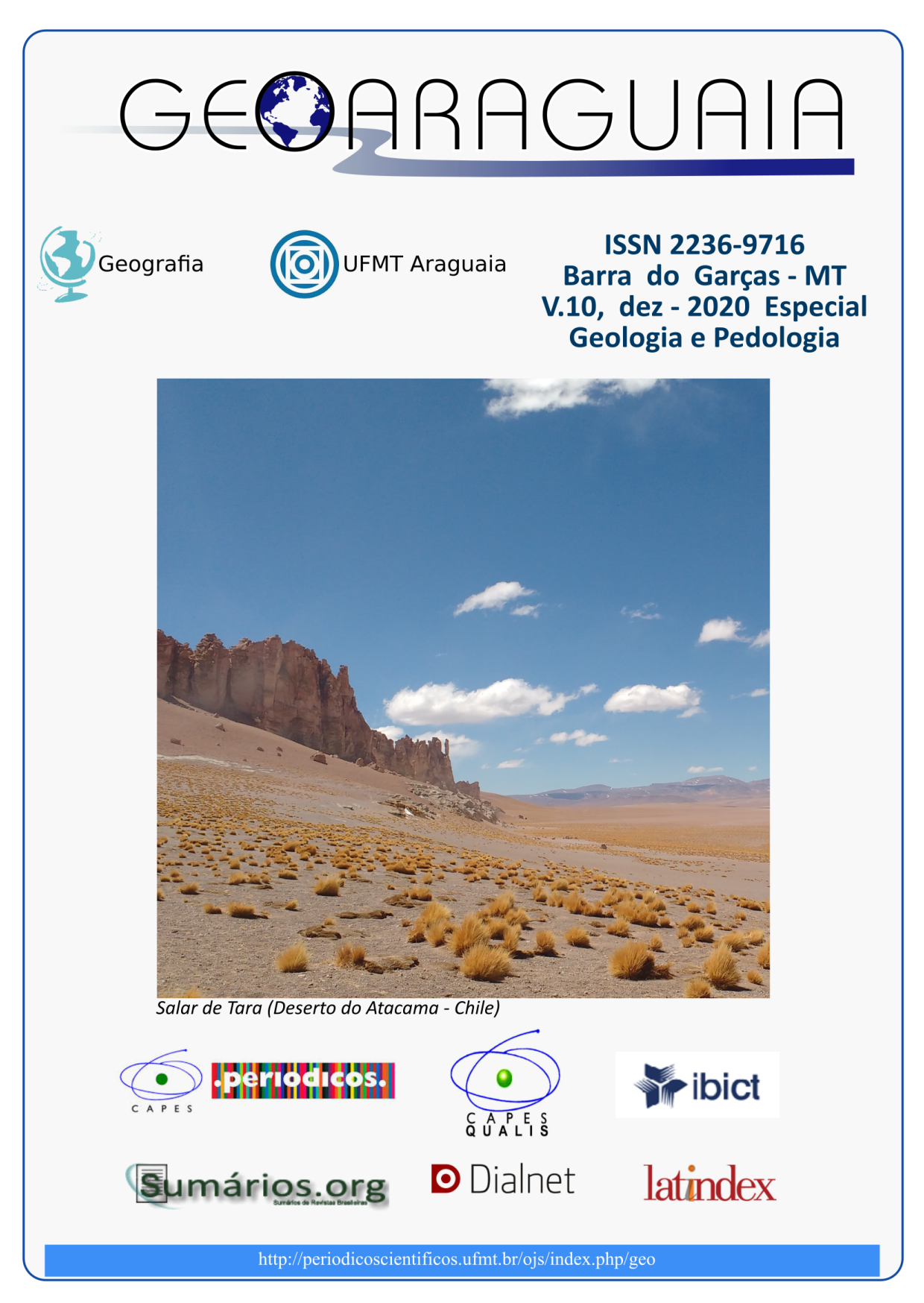APPLICATION OF FRACTAL MODELING BASED ON REMOTE SENSING DATA FOR DETECTING IRON MINERALIZATION IN DEHSHIR–BAFT FAULT, WEST OF CENTRAL IRAN
Abstract
Part of Dehshir–Baft Fault is located on the 1:100000 Sarvbala geological sheet west of Yazd Province in Iran on the Urmia–Dokhtar magmatic–mineralization zone. Regions with iron mineralization potential on this sheet were detected by identifying alterations and fault trends by processing ASTER satellite images. Images were processed using the false color composite (FCC), Crosta, LS-Fit, and spectral angle mapper (SAM) methods to identify iron oxide, argillic, propylitic, and phyllic alterations. To find out the role of faults and lineaments in mineralization, the general faulting trend on this sheet was extracted by relief shading on the digital elevation model (DEM), and the fault zones were examined through field operations. Regions with high iron potential were identified by integrating the fault layers, alterations, and mineralization-related geological units in ArcGIS. The identified regions were then validated through field operations. The relationship between the distance of iron oxide alterations obtained from the LS-Fit method with the main fault was evaluated by the fractal method. The results showed the location and more significant relationship of iron potential with faults in the south and southwest of Sarvbala sheet than other regions.
Downloads
Published
How to Cite
Issue
Section
License
A Revista Geoaraguaia poderá solicitar alterações de ordem normativa, ortográfica e gramatical, com vistas a manter o padrão culto da língua. Se necessário, alguns ajustes normativos podem ser feitos pela revista, porém respeitando o estilo dos autores.
As provas finais não serão enviadas aos autores.
As opiniões emitidas pelos autores dos artigos são de sua exclusiva responsabilidade.





 A revista
A revista